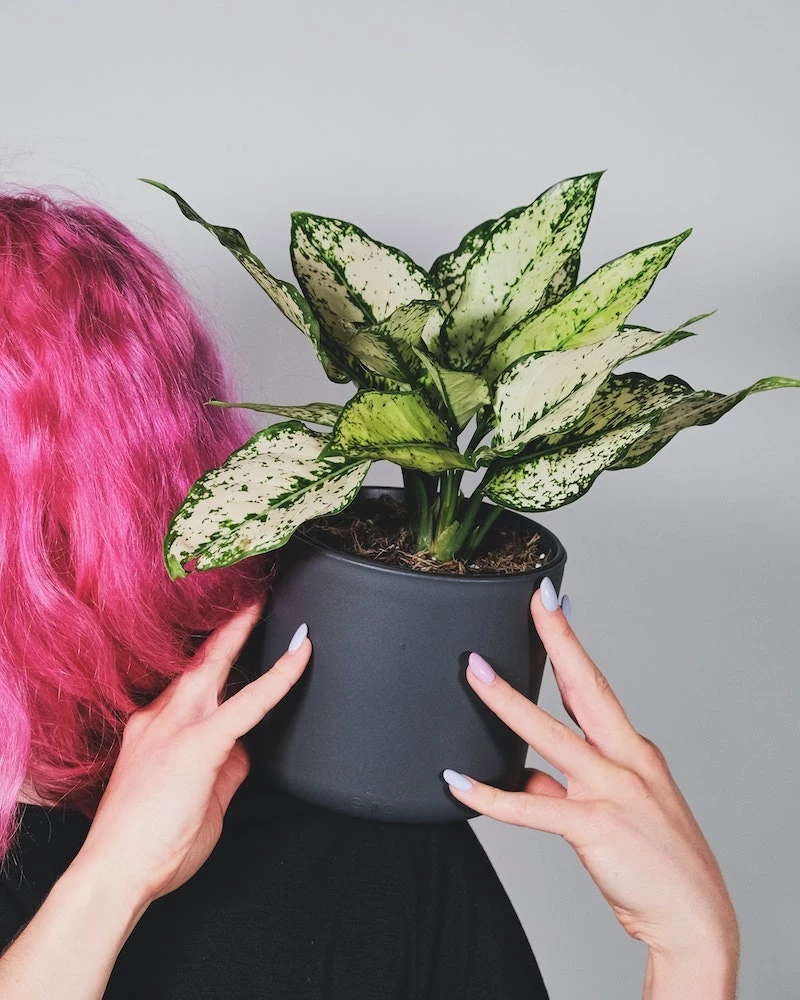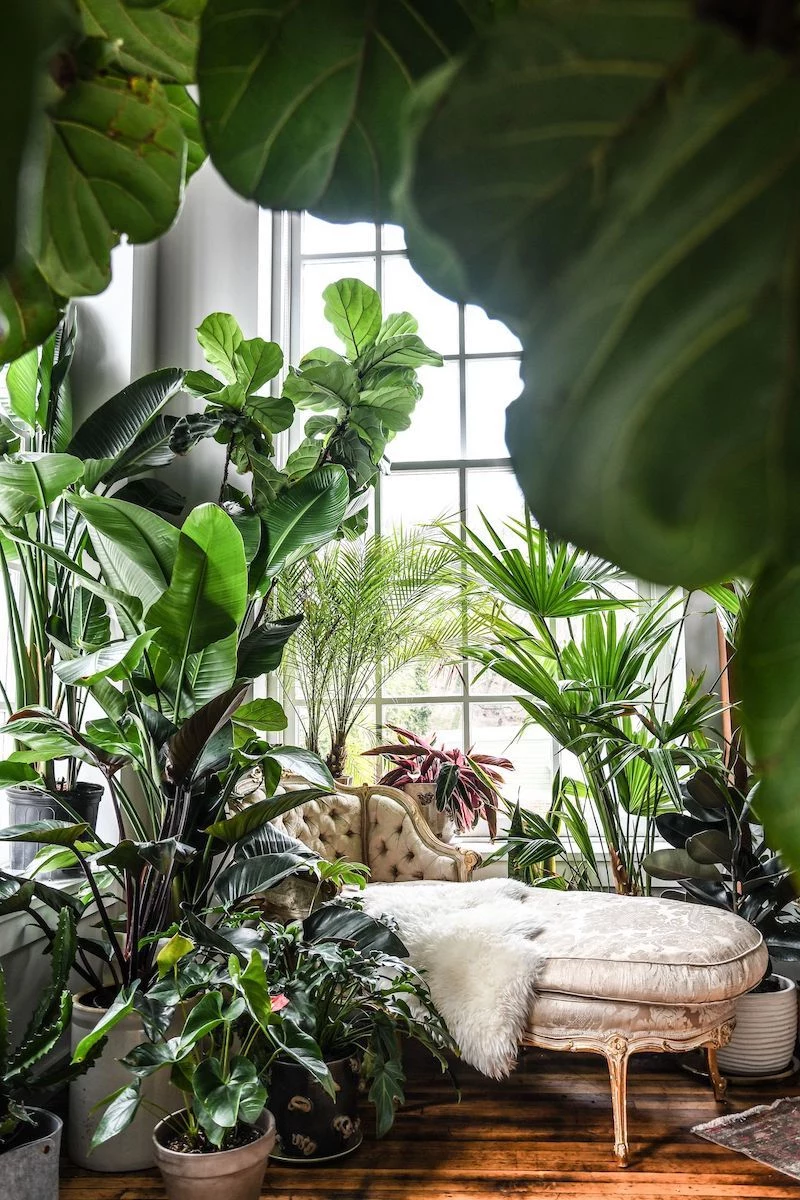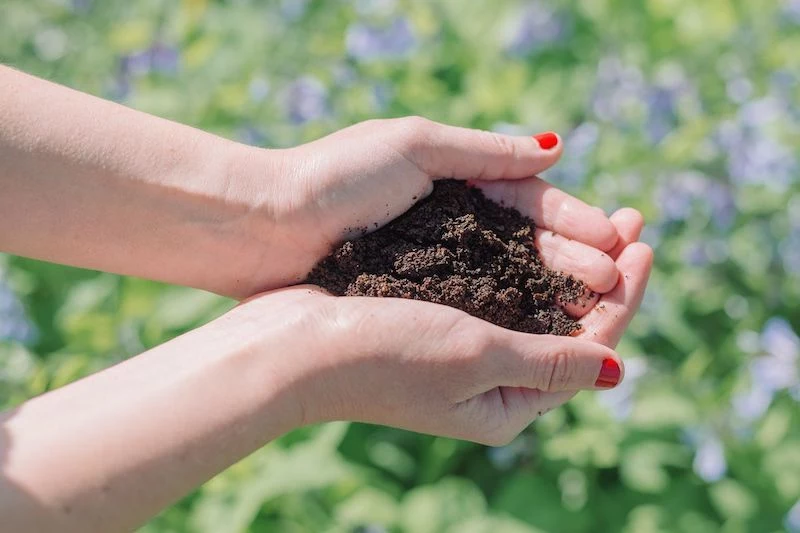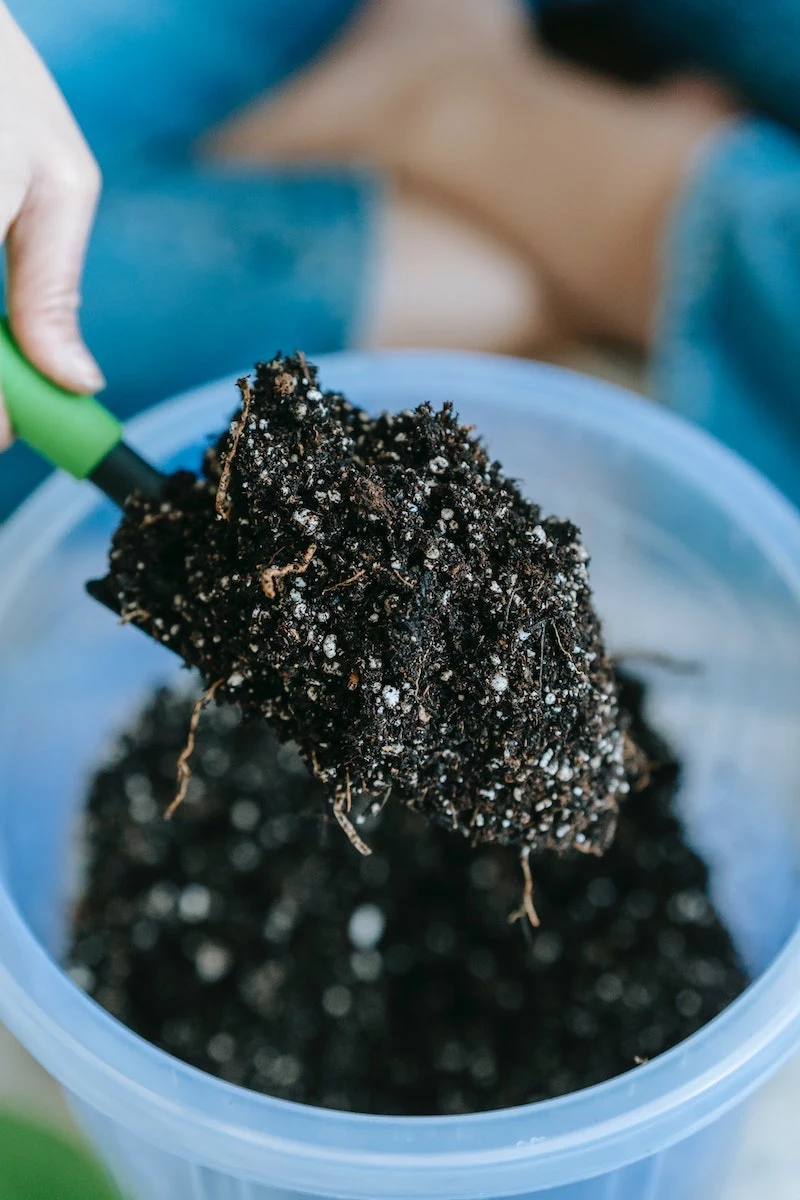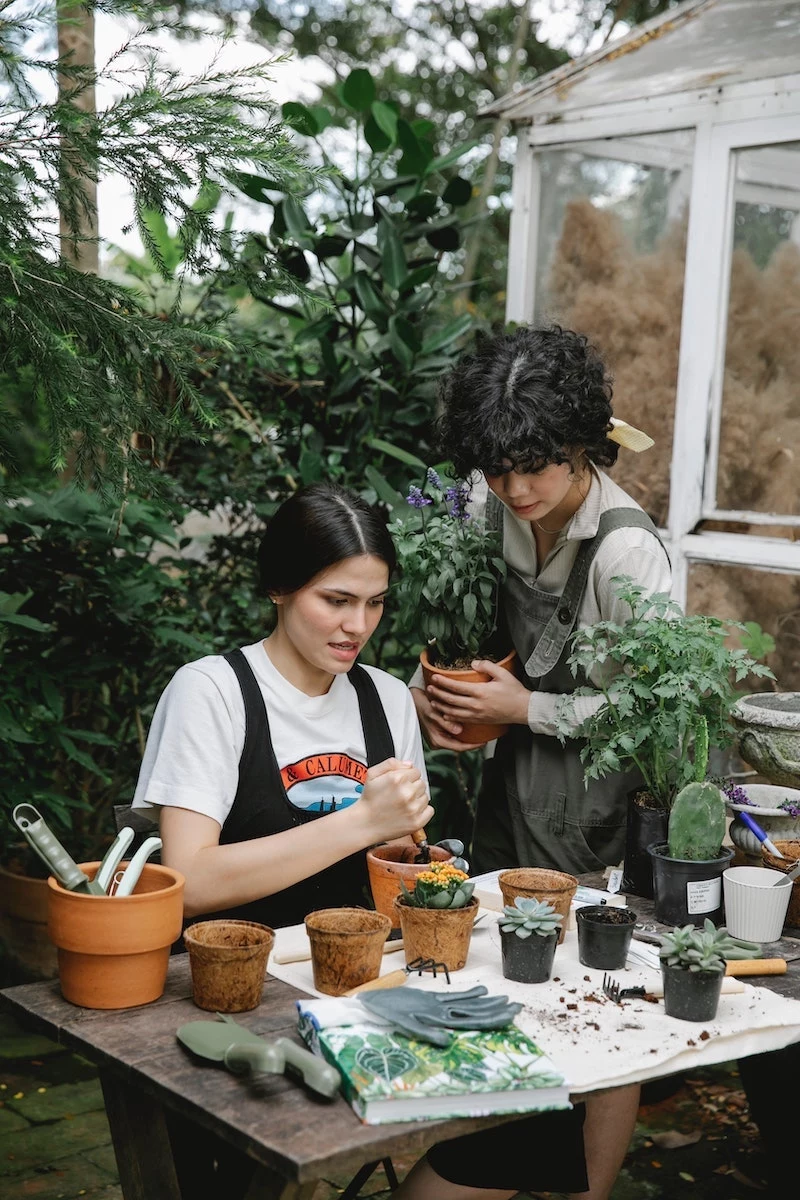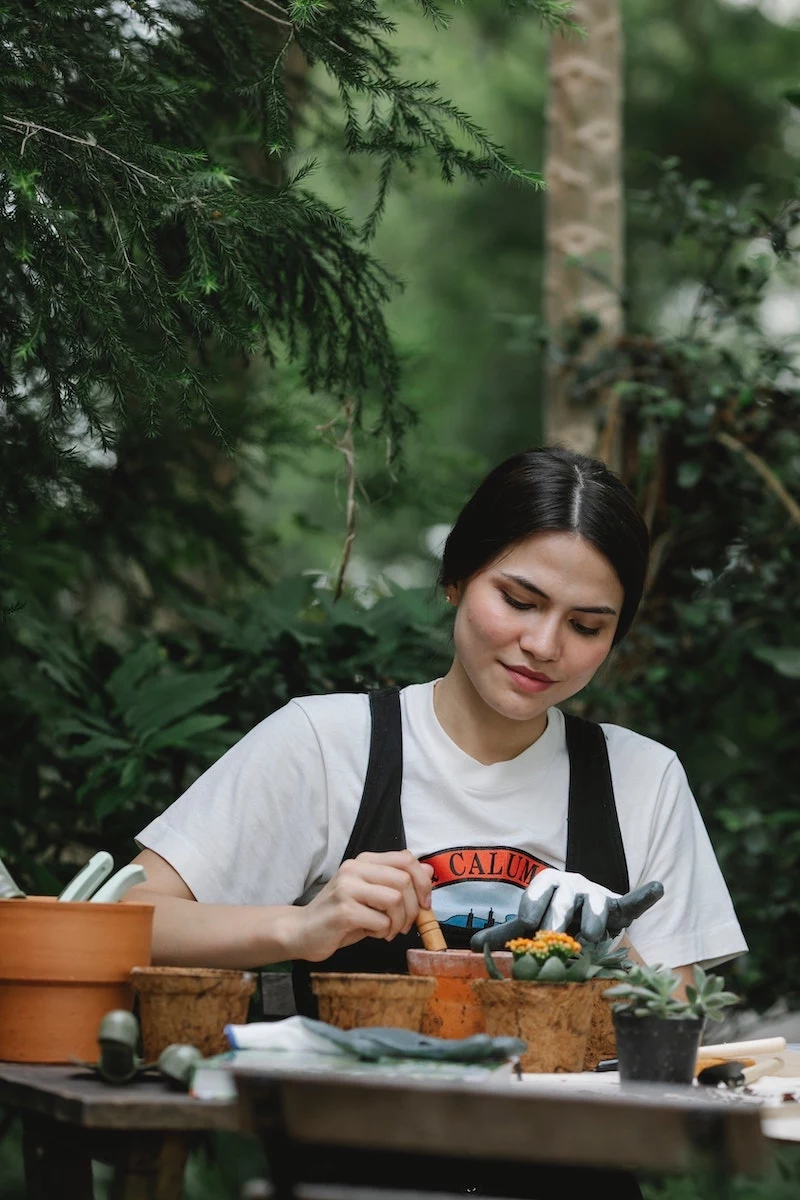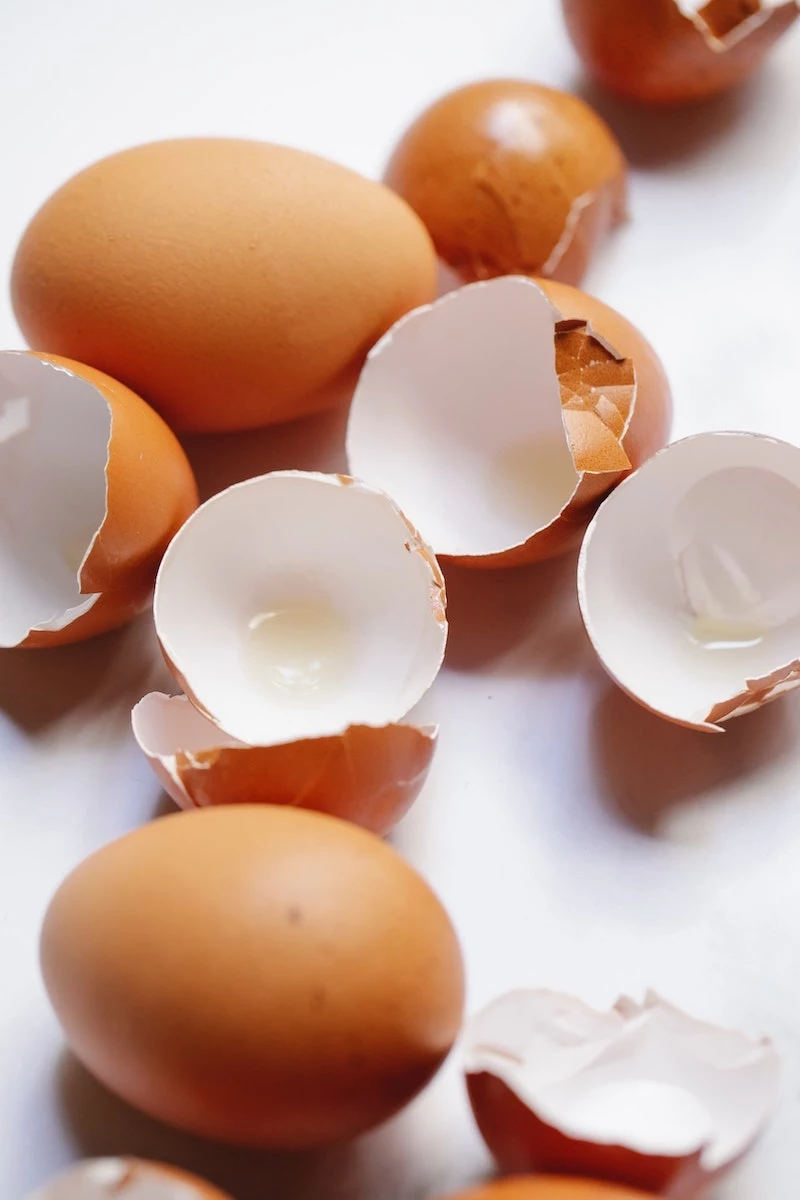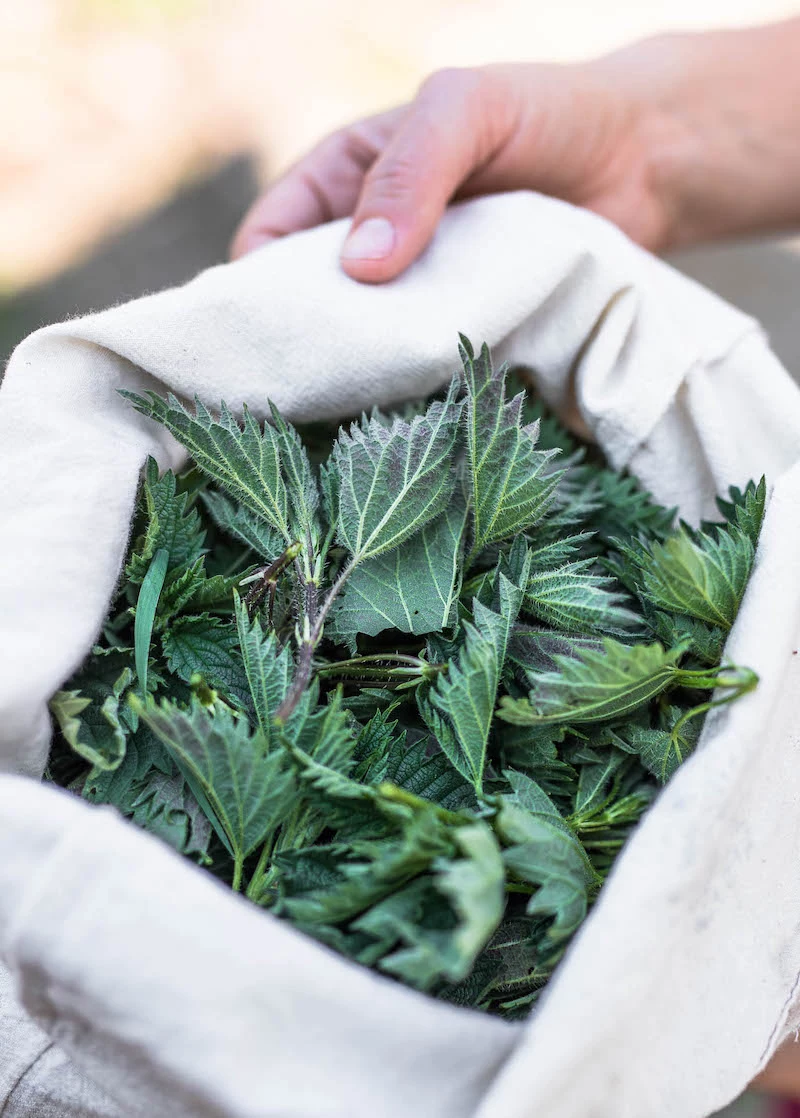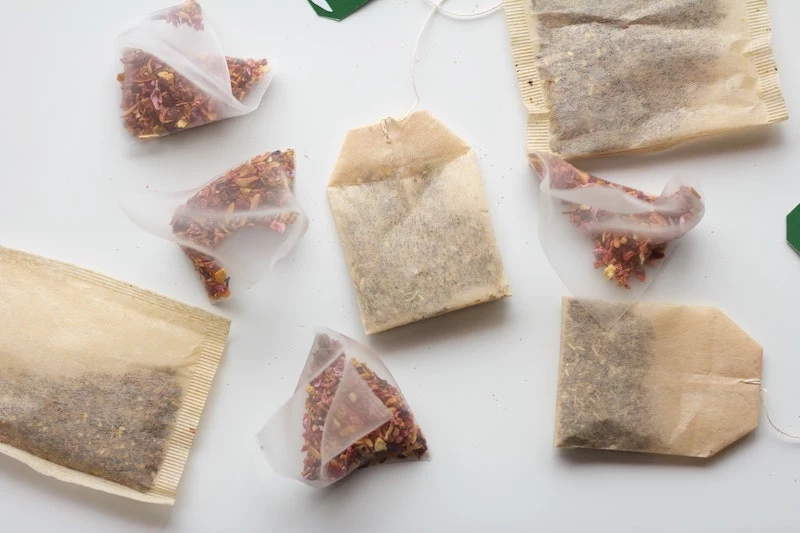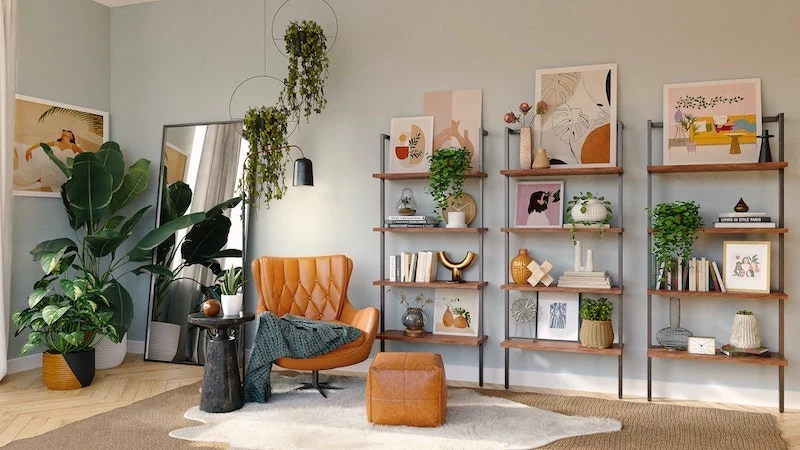Homemade Indoor Plant Fertilizer: 6 Safe, Organic & Zero-Waste Recipes
In this article, we will look at how you can make your own fertilizer for potted plants at home. In the confined space of a pot, the soil loses its useful ingredients more quickly and needs to be fertilized regularly. The market today offers an unlimited choice of soils, fertilizers, and plant protection products. However, these recipes that we will show you are organic, zero-waste, non-toxic, and safe! What’s more, we will also answer the questions of what, how much, and when to fertilize the soil of your houseplants using your own waste material. So, if you want to learn how you can make the best indoor plant fertilizer, keep on reading:
With these organic fertilizers, you will keep your plants healthy and growing
General Information
There are some things that are good to know when you start growing plants in pots. Make your own indoor plant fertilizer for potted plants while making the most of your own resources! Here is some general information about fertilizing your plants:
- The less light that reaches the plant, the less it needs to be fertilized, and it is best to fertilize in the morning and at dusk when temperatures are not very high.
- You need to fertilize young plants with weaker concentrates.
- Plants need nitrogen during growth and potassium and phosphorus during flower bud development. Plants do not need fertilization when dormant.\
Knowing what your plants actually need is the first step to a beautiful indoor jungle
What substances do pot plants need?
In order to know what we can make fertilizer from for our potted plants at home, we need to know the active substances of each material we intend to use. Whether grown in a pot or in the garden, plants need basic substances such as nitrogen, calcium, potassium, phosphorus, magnesium, and minerals, and the type and family of the plant itself determines which substances predominate over others. The common thread is that most potted plants do not like acid (nitrogen) soil. So, with nitrogen carefully. Leafy ornamentals prefer nitrogen, sulfur, and magnesium. Other common plants that like nitrogen are: roses, azaleas, and most conifers. Flowering plants prefer a higher potassium content. Potassium helps to form more flowers. Phosphorus helps build a strong root system and is good to use when planting and when transplanting into a larger pot. The amount needed depends on the rate of growth. The PH of the soil is easily monitored with so-called indicator strips, which you will find in any agrarian store.
Plants need nitrogen, calcium, potassium, phosphorus, magnesium, and minerals
How often should fertilizer be added to potted plants?
As well as knowing how, you also need to know how often to put fertilizer into your favorite indoor potted plants. Ready-made soil from the store contains enough nutrients for 6 weeks, then the need for nutrients in the soil increases. Plants feed during growth and flowering, not during dormancy. A basic rule in determining the need for substances is the speed of growth. The faster a plant grows, the more fertilization it requires. It is important to know that plants take up liquid fertilizers more quickly than dry ones, but are also more concentrated. So the optimum concentration should be no more than once every two weeks between March and October. Below, we have put together a few ways and recipes for feeding plants with things found in every home.
Ready-made soil from the store contains enough nutrients for only 6 weeks
The faster your plant starts growing, the more fertilization it will require
Tip: Make sure to fertilize your plants every time you repot or move them
How do I make fertilizer for my potted plants?
We have collected some of the most common recipes with ingredients from the kitchen that are effective and, unlike chemical fertilizers, are harmless to humans and the environment.
Indoor plant fertilizer from eggshells
Eggshells contain calcium and phosphorus. Calcium is needed by plants throughout the period of growth and photosynthesis. Note that it reduces the acidity of the soil. Method of use: remove the inner membrane of the shells and leave them to dry. The first option for use is to crush the shells and mix them with the soil or sprinkle them on the surface. When applied, the shells will release their beneficial substances longer. The second option is to make liquid fertilizer from eggshells by soaking the cleaned shells in water overnight and watering with it.
Eggshells are rich in both calcium and phosphorus, which are perfect for the periods of growth
Indoor plant fertilizer from coffee grounds
Coffee grounds contain nitrogen, phosphorus, potassium, and minerals. Coffee grounds are actually quite strong and therefore should be used carefully. For potted flowers, fertilizing with coffee is done once every six months. Check out this guide for reusing coffee grounds for plants. Caution: it oxidizes the soil.
Coffee grounds are a rich and strong fertilizer, so you need to be careful with it
Indoor plant fertilizer with nettle
Nettle is rich in nitrogen, potassium, magnesium, and phosphorus. It has antifungal properties. How to use: Soak 1 kg of nettle in stagnant water (so there is no chlorine) for 1-2 weeks, stirring daily for faster fermentation. Caution: It gives off a rather unpleasant smell during decomposition. The vat you keep the nettles in should not be metal to prevent the nettle from oxidizing. It should sit in a cool place and in the shade. Dilute the resulting fertilizer 1/10 with water and use it on your plants.
Among other benefits, nettle actually has antifungal properties as well
Indoor plant fertilizer with banana peels
Banana peels contain potassium, magnesium, and phosphorus. The good thing about banana peels is that they release their beneficial substances over a long period of time. If you have some overripe bananas lying around, just use the fruit for a delicious overripe banana recipe. Save the banana peels for your plants! How to use: Liquid fertilizer – soak the cut peels in water for a few days and water with it.
Did you know that banana peels are rich in potassium, magnesium, and phosphorus
Make your own liquid fertilizer with used banana peels by soaking them in water
Indoor plant fertilizer with Epsom salt
(Yes, you read that right) Epsom salt contains the essential nutrients: nitrogen, phosphorus, and potassium. It is very good for fruiting plants like fruit trees because it increases the sugar level in the fruit. It chases away pests and fertilizes the soil.
Epsom is not only beneficial for your health and skin, but also for your plants
Indoor plant fertilizer from tea bags
Tea bags (but not from black tea) contain nitrogen, potassium, calcium, phosphorus, and magnesium. This fertilizer oxidizes the soil, but beware that it also attracts flies and ants. You can use the tea water for watering, or scatter the dry mass in the soil of the plant. This is one of the ways to reuse tea bags for something interesting and unique!
Used tea bags contain nitrogen, potassium, calcium, phosphorus, and magnesium
Frequently Asked Questions
How can I make homemade fertilizer for my plants?
You can very easily make a homemade organic fertilizer for your plants, as long as you know the specific needs of each plant beforehand.
What can I make homemade plant fertilizer from?
Ingredients such as coffee grounds, eggshells, and peelings of some fruits and vegetables can be a great fertilizer for your plants.
How often do I fertilize houseplants with homemade fertilizer?
Plants grown in pots need nutrient additions every two weeks during the active period of growth and flowering, and do not need feeding during the dormant period.
It is time to show your potted plants some love with these organic recipes
Conclusion
And in conclusion, we can say that there is no need to spend extra money on fertilizers from the store. Your own home provides you with enough safe and inexpensive ways to maintain the health and beauty of your houseplants. If you want to avoid using harsh chemicals in your home as well as your garden, make sure to also check our guide for eco-cleaning by using safe, homemade cleaning solutions!
